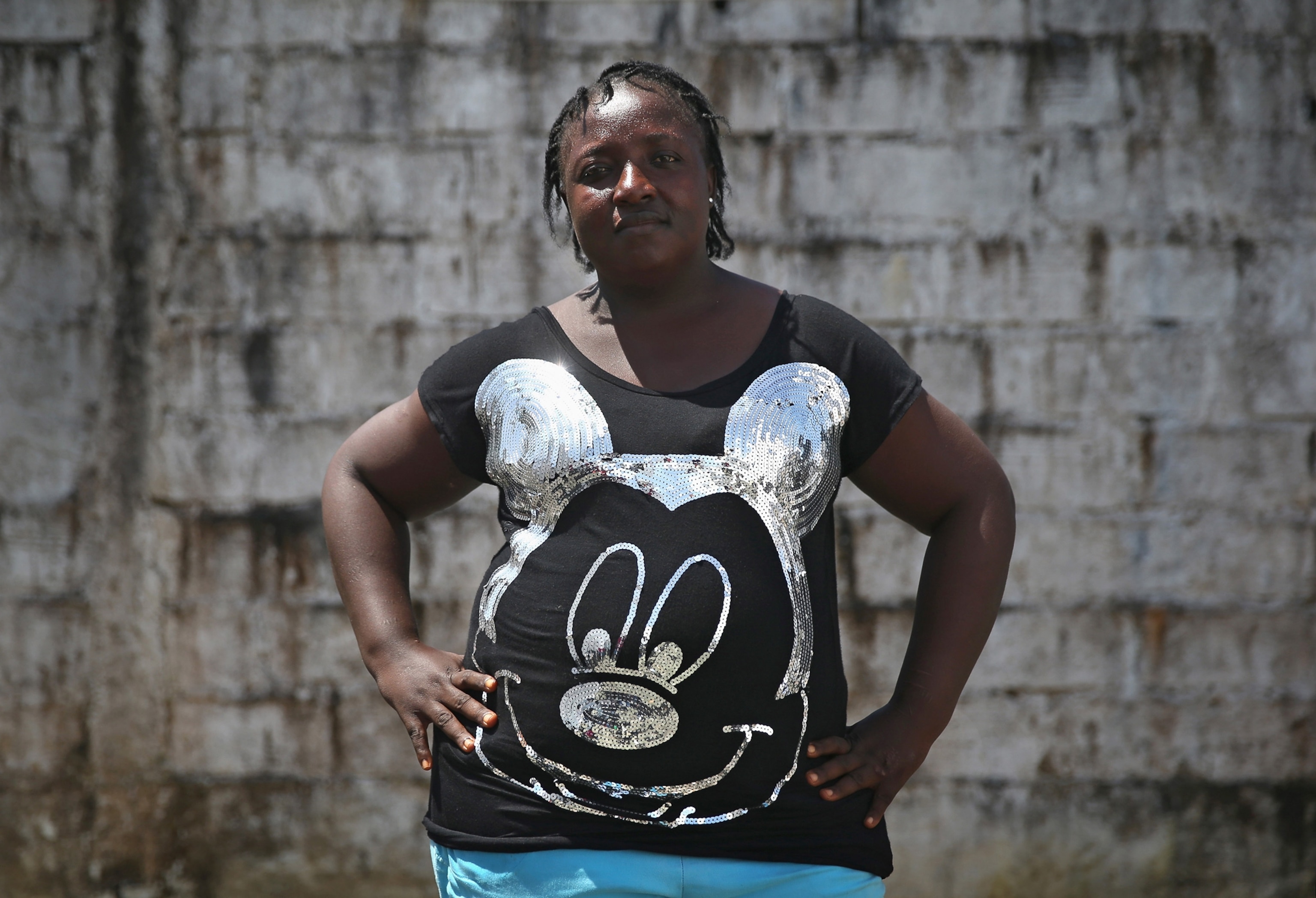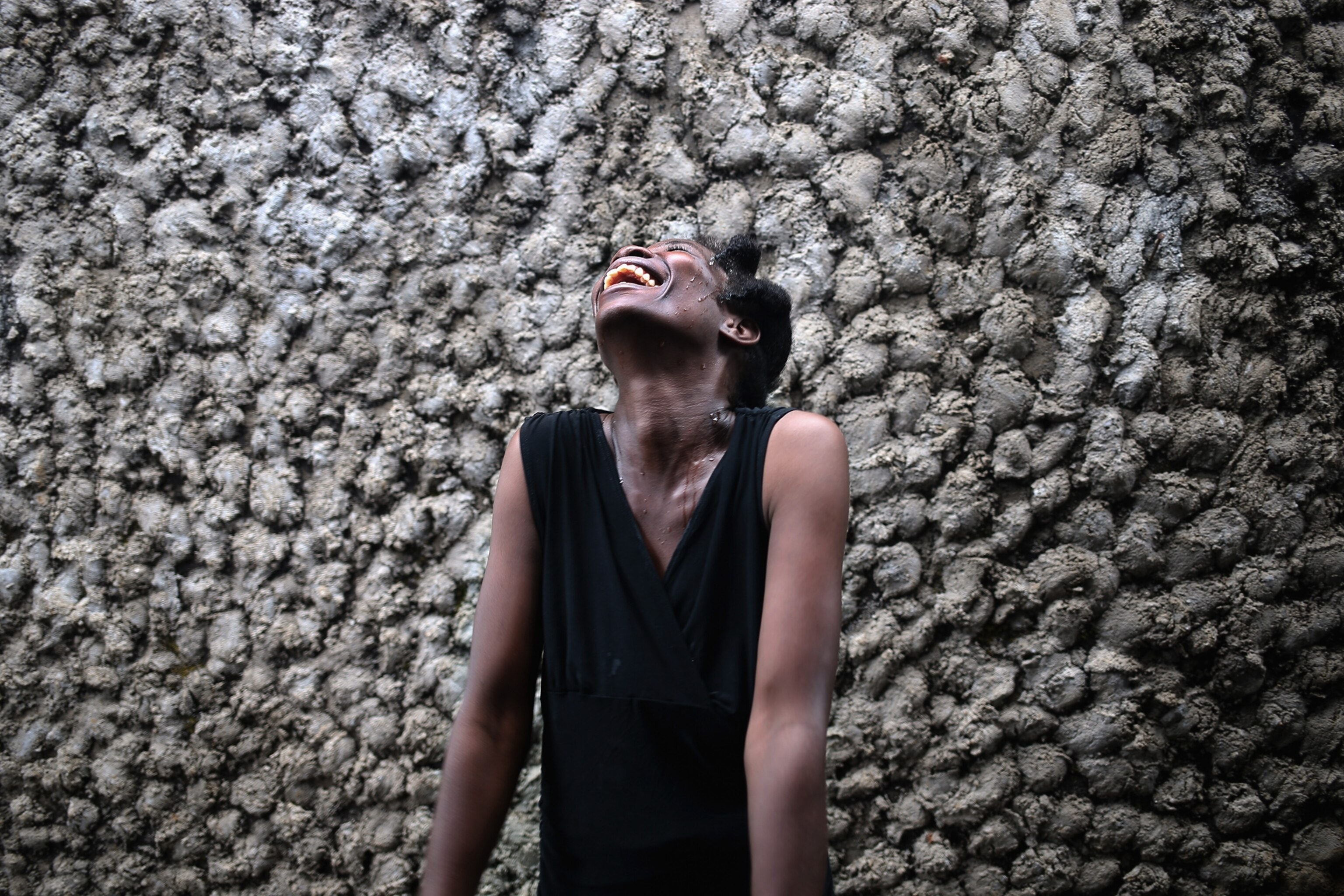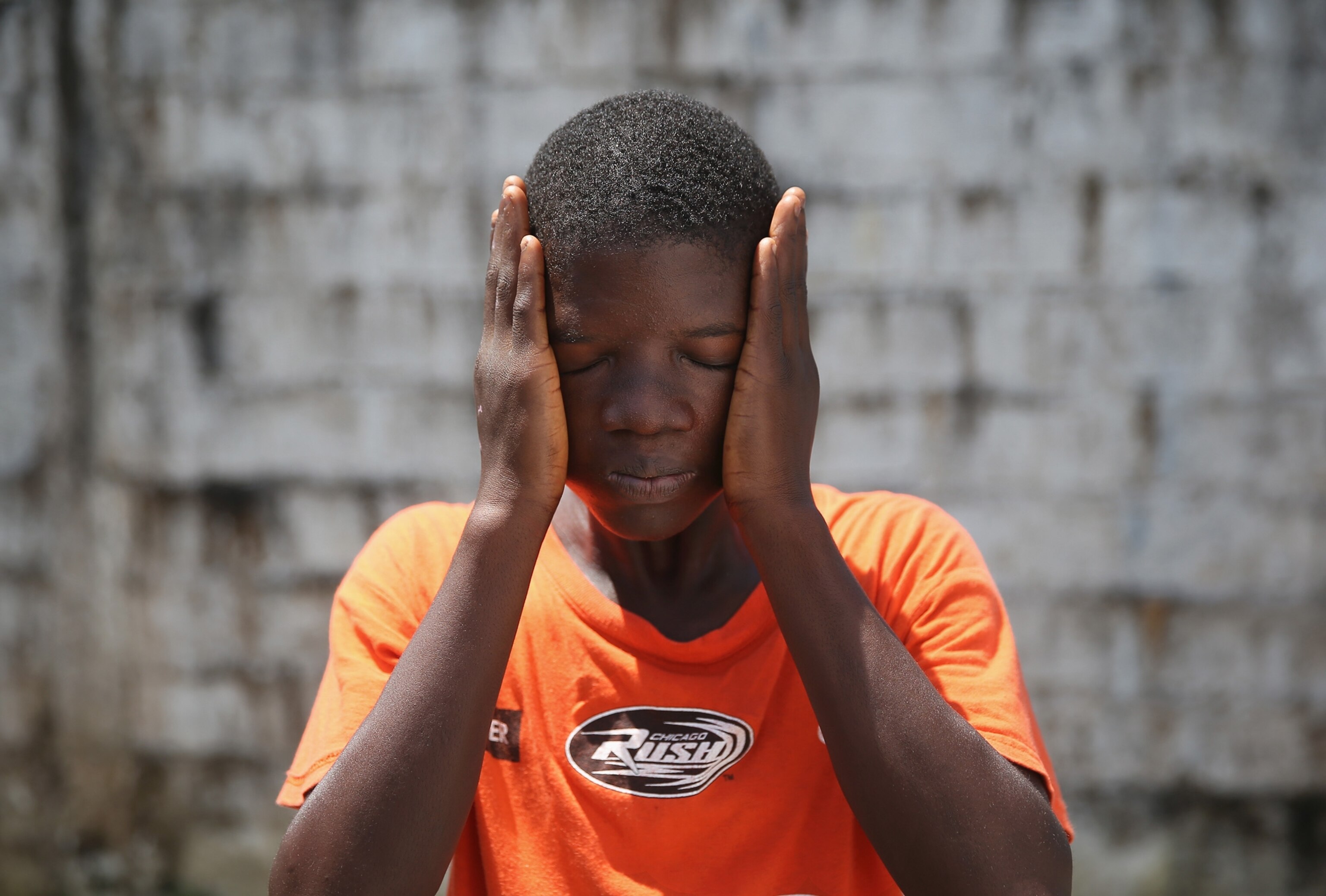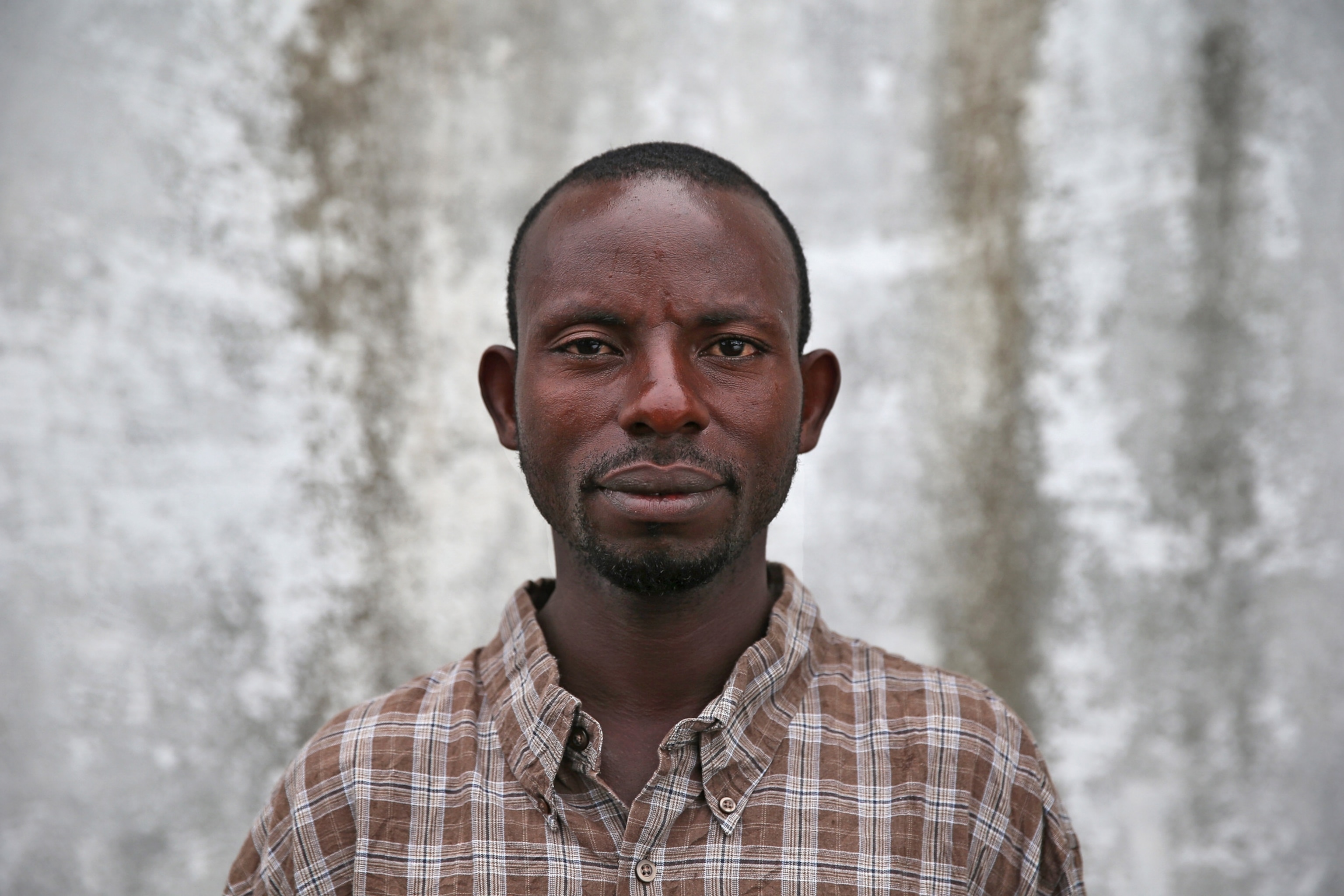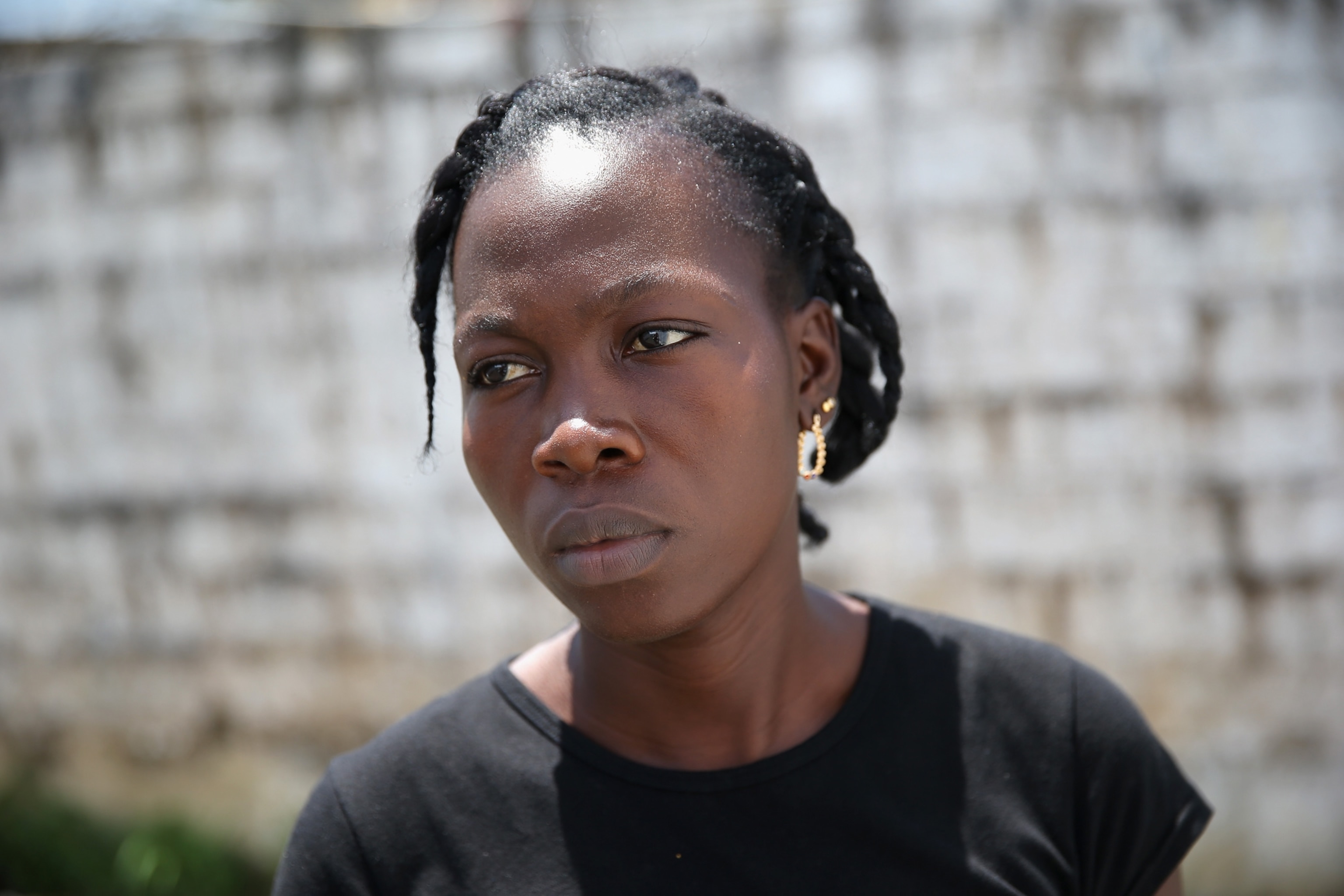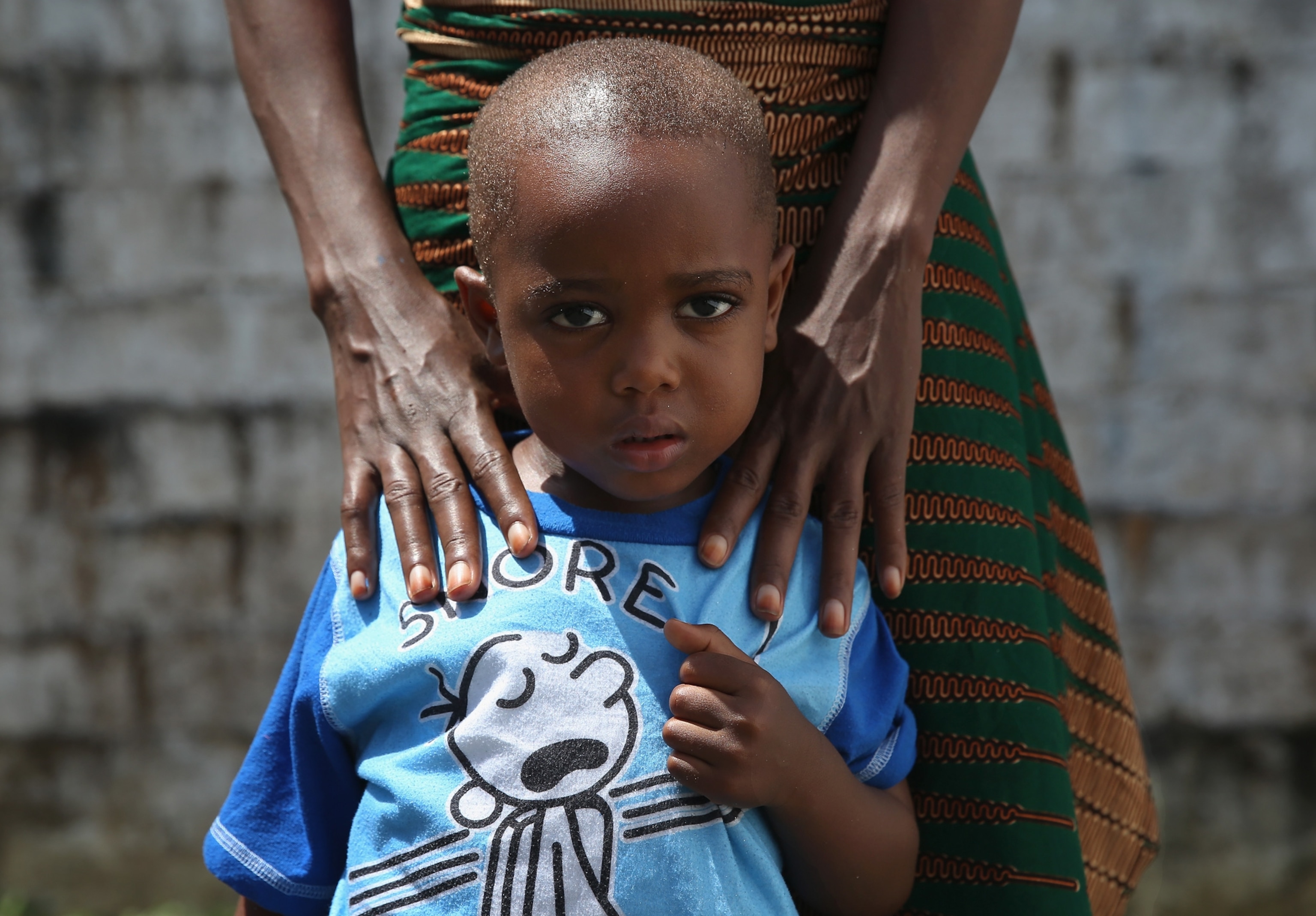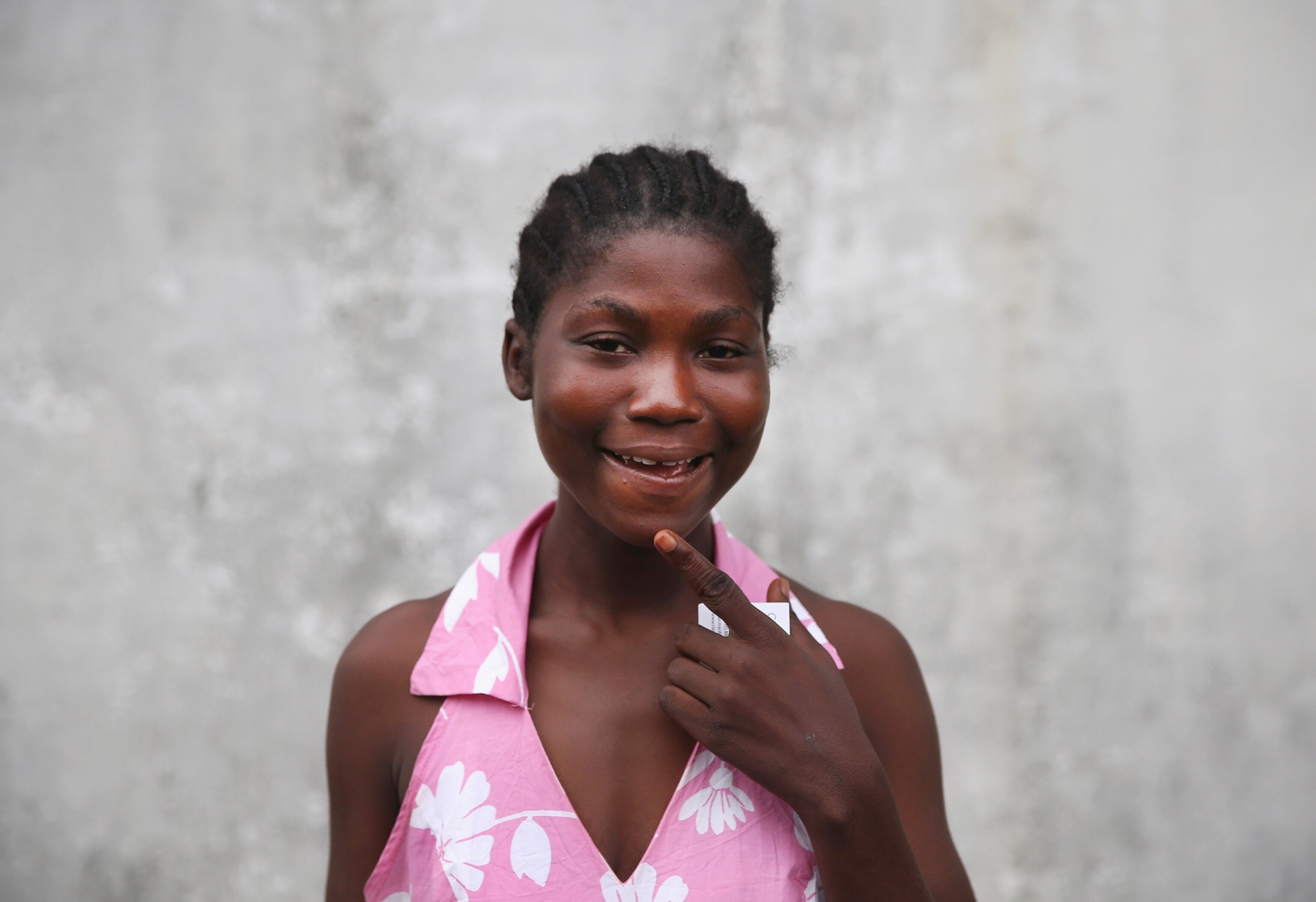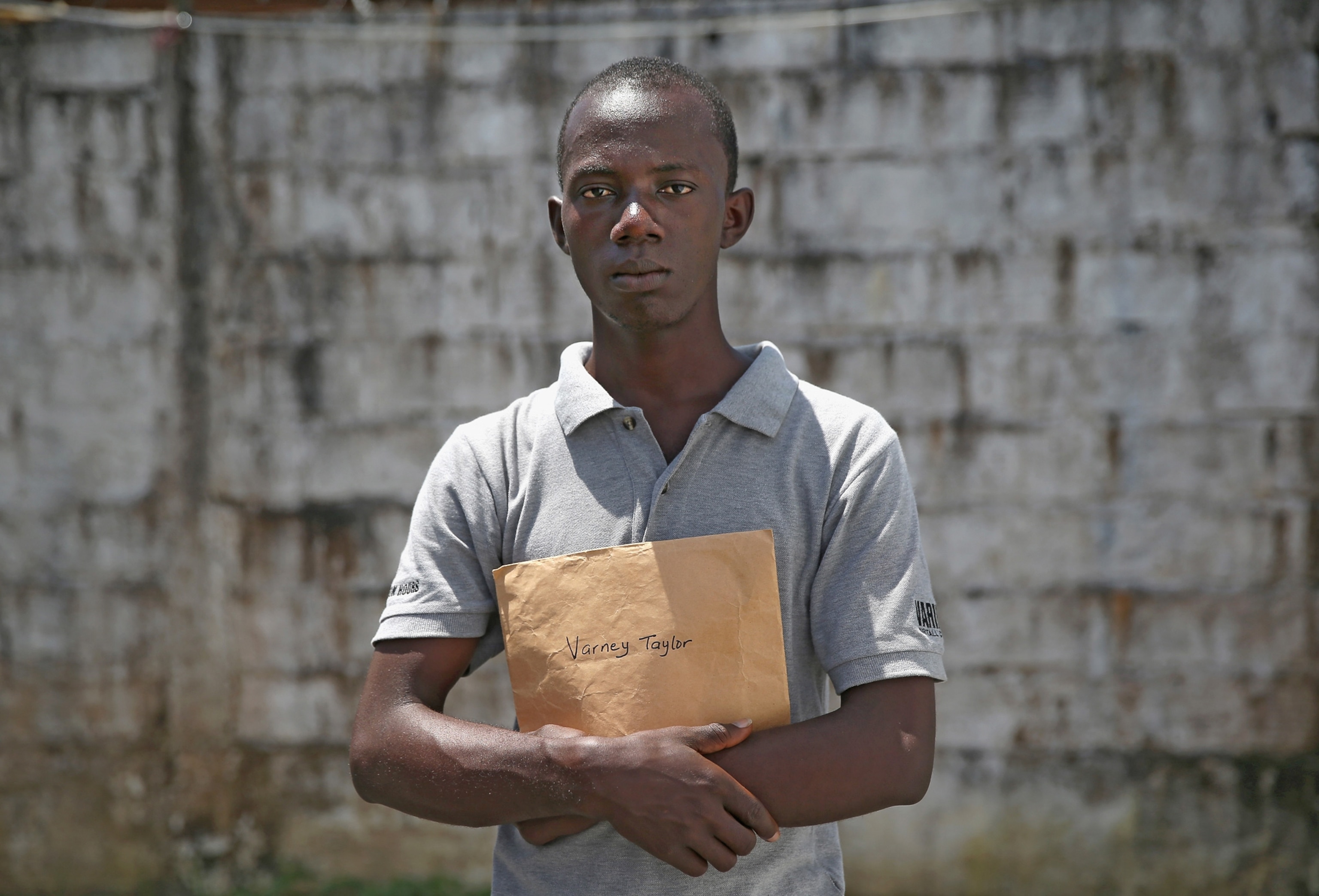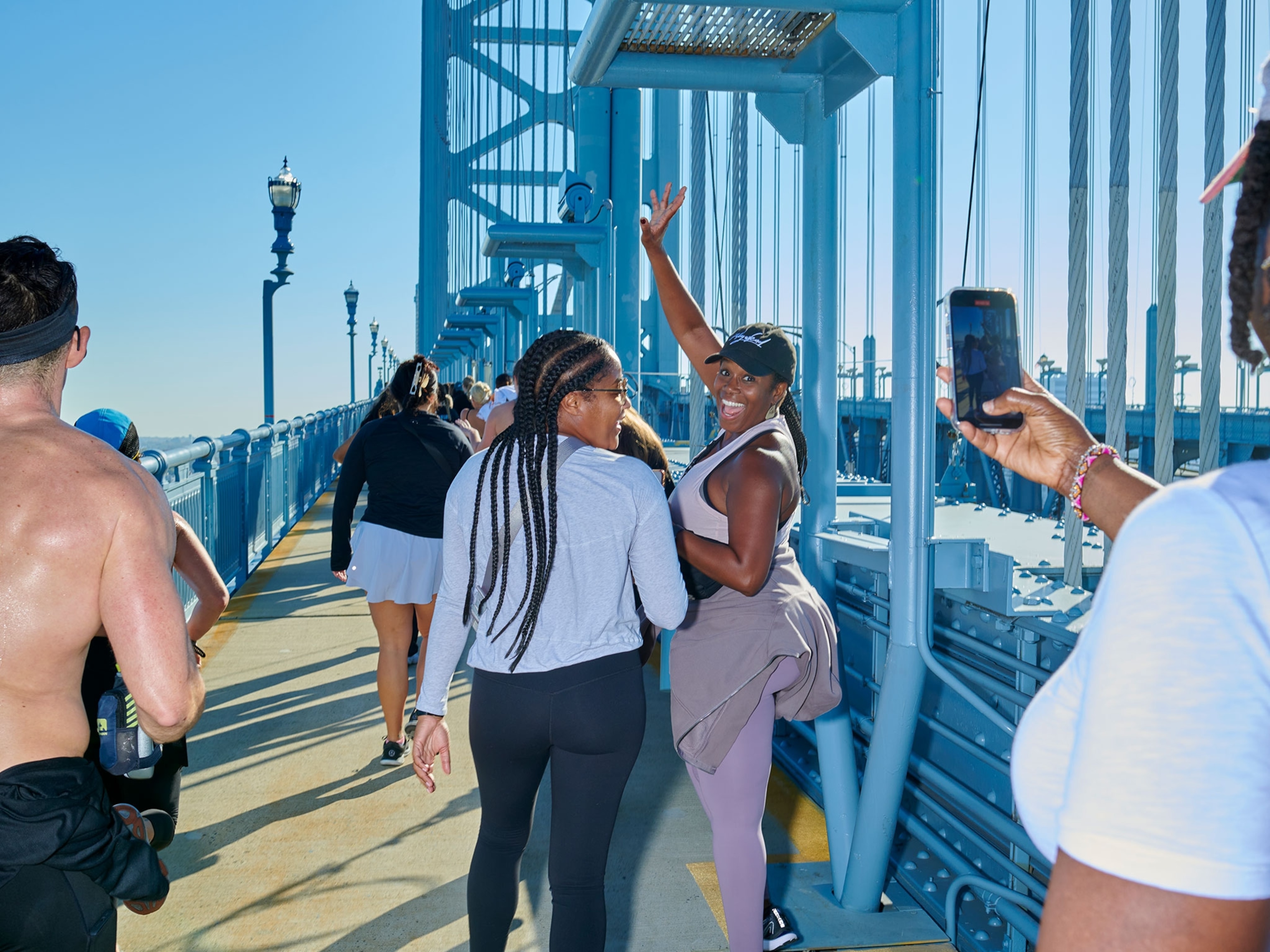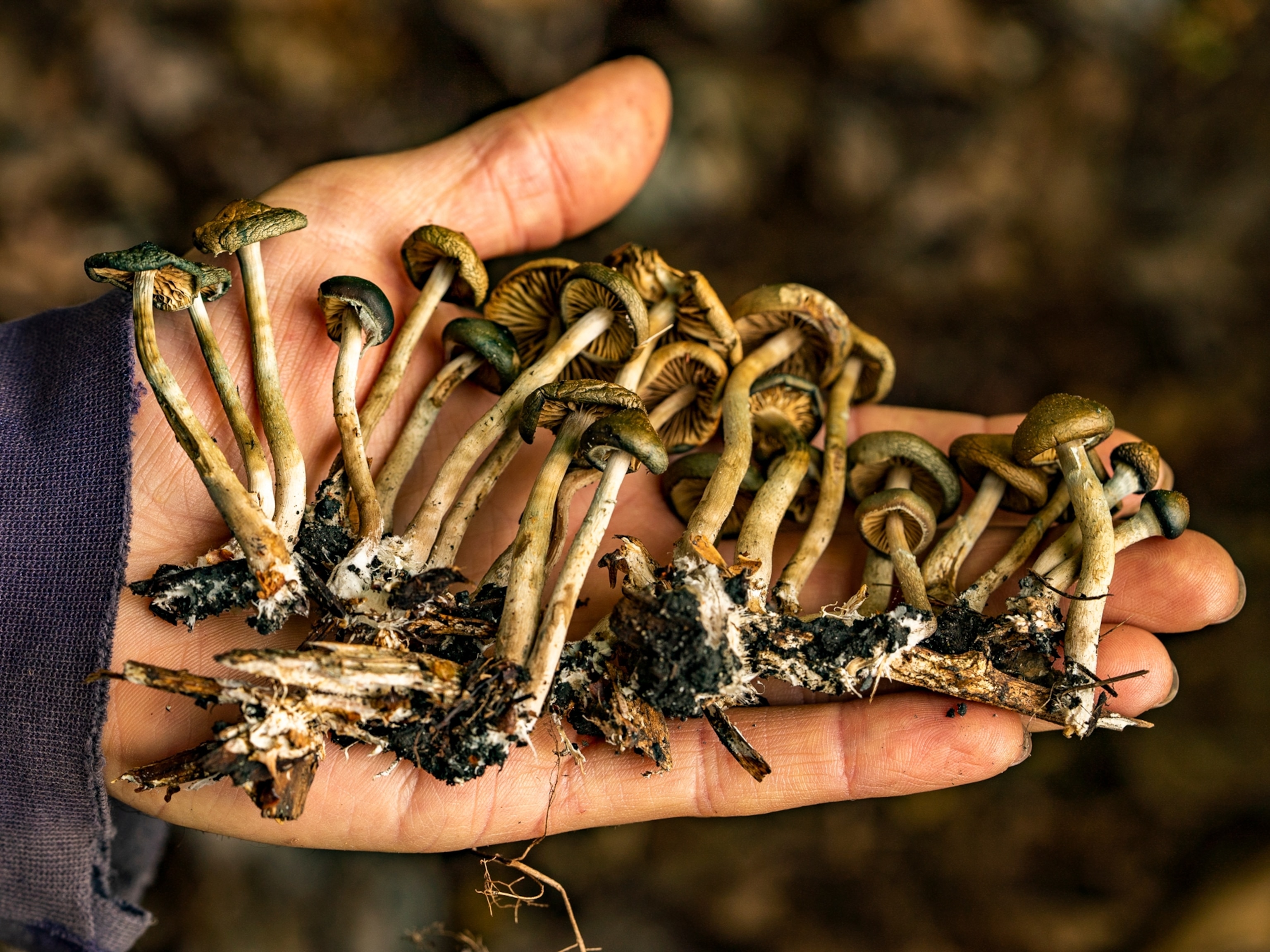Pulitzer Prize-winning photographer John Moore has made two trips to Liberia to document history's worst-ever Ebola outbreak. At the time of his first visit, in August, the country had 972 probable, suspected, or confirmed cases of the disease, with 576 dead—more than any other country. By the time he returned there this month, the death toll had exceeded 2,400, with well over 4,000 reported cases, still the most cases and deaths of anywhere in the world. (See pictures from Moore's first trip.)On this most recent trip, Moore noticed changes in his own awareness around the risk of infection. "The first time I went, I was very conscious of trying not to touch my face," he said in a phone interview from a beach house in Connecticut, where he's under a voluntary 21-day quarantine, in keeping with the state's guidelines for those who have potentially been exposed to Ebola. The United States-based Moore returned last weekend.
"This time I was more conscious about not touching anything at all ... Usually the only part of me or my clothing touching the surroundings was the soles of my shoes.
"In my car I carried a sprayer of heavily chlorinated water, which my driver used to spray my rubber boots every time I returned to the car," he said.
There were some hopeful signs on this last trip, Moore said. "The international presence is much more robust" now than in August. "However, many of the treatment centers currently being built are still not completed, and it's going to take some time to see" how effective the response will be.
The current Ebola outbreak has a 70 percent mortality rate for confirmed cases, according to the World Health Organization. But those who live through it gain a hard-won immunity to this particular strain, Moore said, which makes Ebola survivors "uniquely valuable in taking care of the sick."
One of those survivors is 29-year-old James Harris, pictured above. The former construction worker now works as a nurse's assistant at the Doctors Without Borders Ebola Treatment Center in Paynesville, just outside the capital, Monrovia. Harris believes he caught Ebola while caring for his father, who died of the disease at their home earlier this year.
Moore said the nature of his work made for particular challenges in trying to stay safe. "If you watch a professional photojournalist work, they are climbing on steps or walls to get a high angle," he said, "or putting a knee to the ground to get a low angle.
"[But] if you lean against an infected surface," he continued, "or if your knees touch it and later your hands touch your pants knee, and then your hands touch your face, or you rub your eyes, that is how you get infected.
"I'm almost certain I'm just fine," he said this week. "But I'm being prudent."
Here, the photographer talks to National Geographic about his portraits of Ebola survivors, both their joy at being alive and their concerns about what comes next.
—By Diane Cole, photo gallery by Sherry L. Brukbacher


